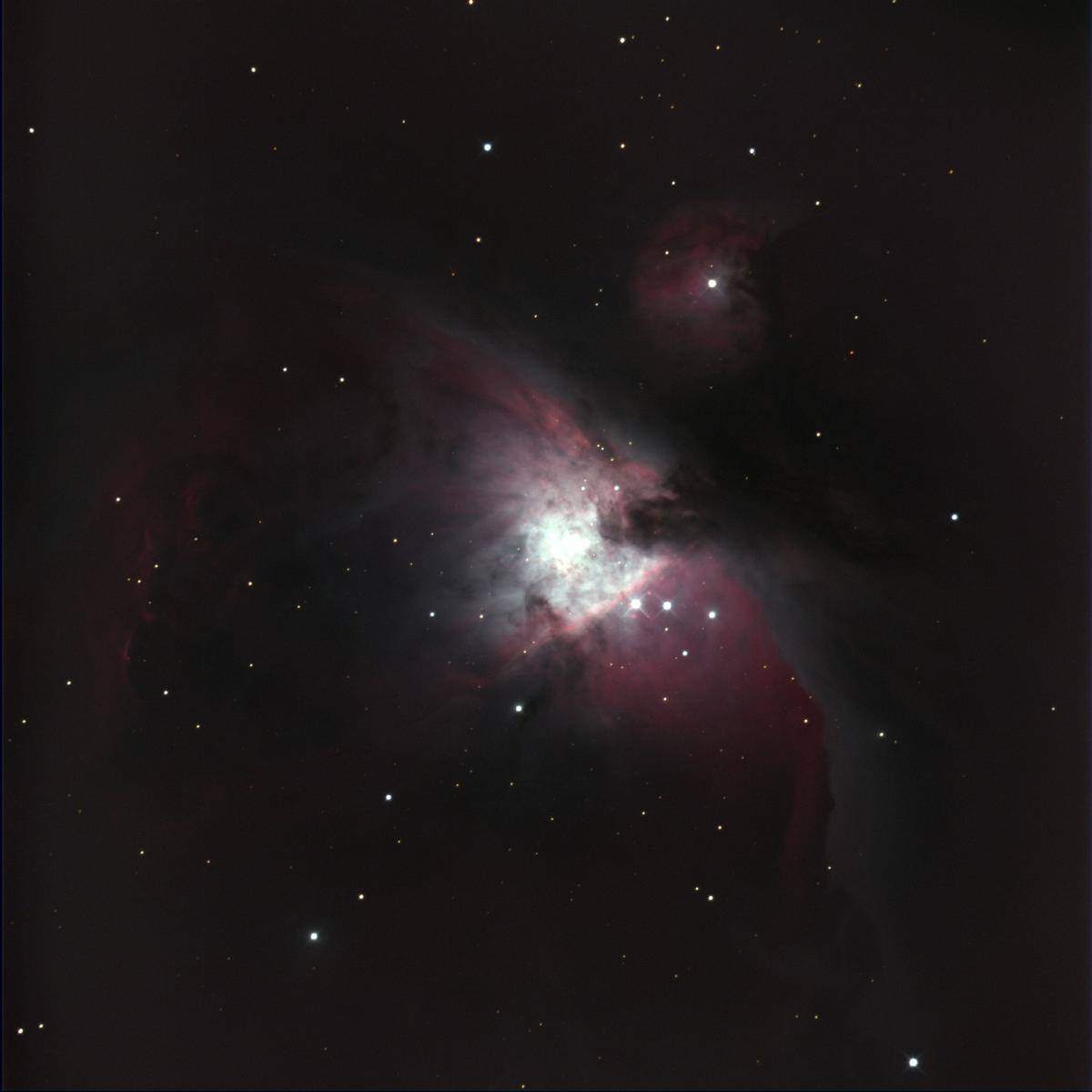CAPTURING SPACE FROM SACRED HEART

I recently had the opportunity to photograph two spectacular parts of space using our Observatory on the Boarder's Lawn.
NGC253 is a galaxy called the Sculptor Galaxy but is often referred to as the 'Silver Coin' for its appearance in small telescopes. It is located within the boundaries of the southern constellation Sculptor. This dusty island universe lies 10 million light years away from Earth. It was originally discovered by Caroline Herschel, a mathematician and astronomer, in 1783. Young star clusters and star-forming regions are shown in the image of this galactic disk in sharp colour. NGC253 is the largest of the Sculptor group of galaxies, the nearest to our local group of galaxies. It has spiral dust lanes which rise from the galactic disk. The Nebula is composed of high levels of dust accompanying frantic star formations. NGC253 is a starburst galaxy. Furthermore, it is a strong source of high energy x-rays and gamma-rays, likely due to the massive black holes near the galaxy's centre. NGC253 appears very faint and is not visible to the naked eye. Fortunately, Sacred Heart's Observatory has allowed for a high-quality photo of this galaxy.
The Orion Nebula (M42) is a star birthing region and one of the most famous astronomical nebulas. This Nebula’s glowing gas surrounds hot young stars at the edge of an immense interstellar molecular cloud. The Orion Nebula is 1,344 light-years away from Earth. This image shows the emission of oxygen and hydrogen as wisps and sheets of dust and gas. The Orion Nebula is an easily identifiable belt of three stars in the constellation of Orion. The Orion Nebula consists of many stellar nurseries, where stars are born in great clouds of dust. These nurseries contain hydrogen gas, proplyds, hot young stars and stellar jets which spew out material at high speed. Turbulence from these clouds is from deep within which creates high-density regions called knots. The Orion Nebula has a diameter of 30 to 40 light-years and is located in the same spiral arm of our galaxy as the Sun. A French scholar named Nicolas-Claude Fabri de Peiresc discovered the Nebula in 1610. The Orion Nebula can be seen unaided to the eye on a dark, moonless summer night due to its bright appearance. It is situated at 45 degrees in the north-western sky during early summer.
Georgia Curtis
Year 9 Normandy



